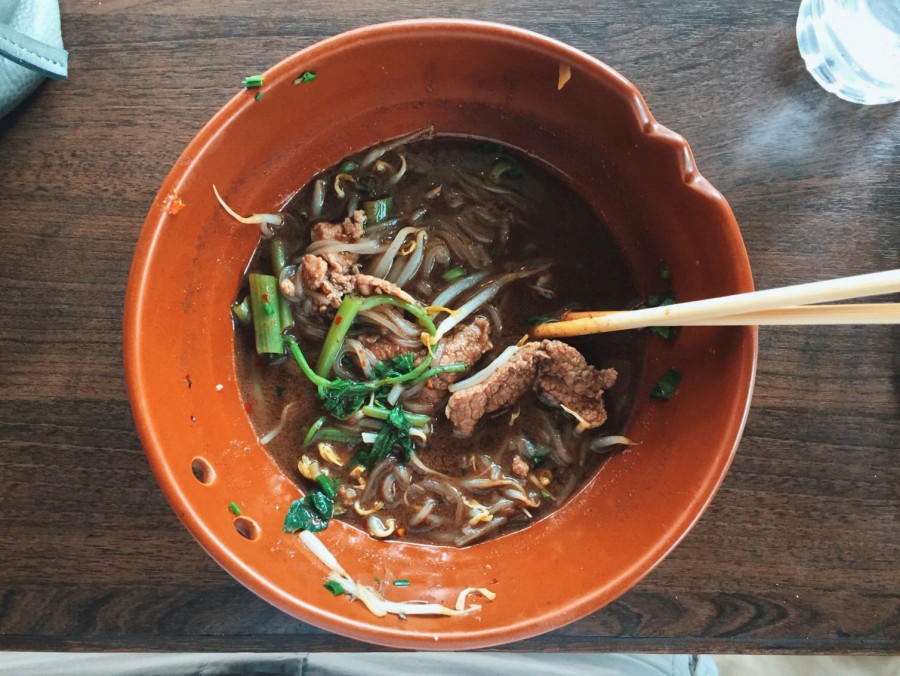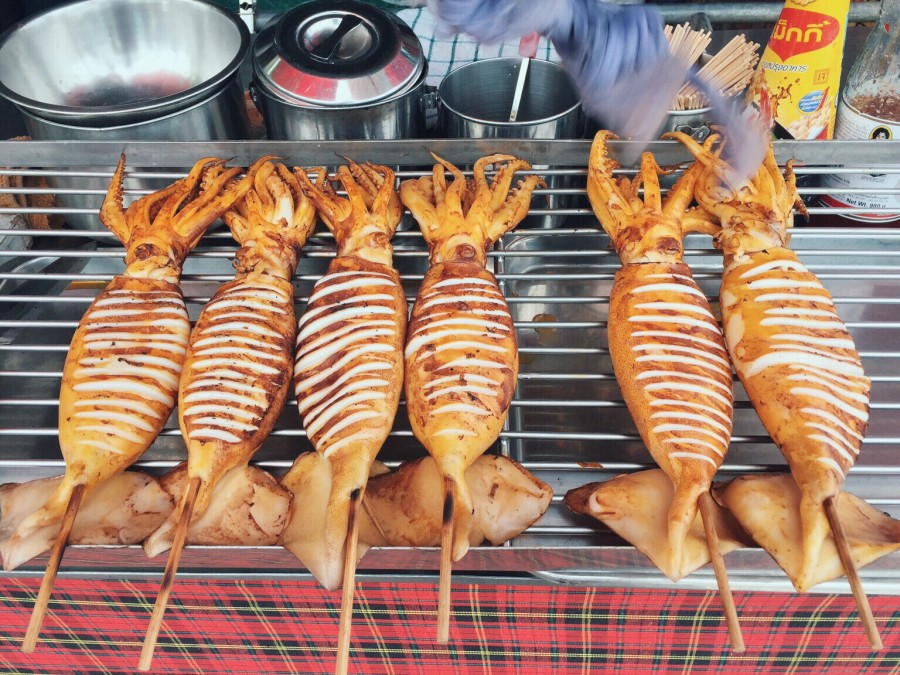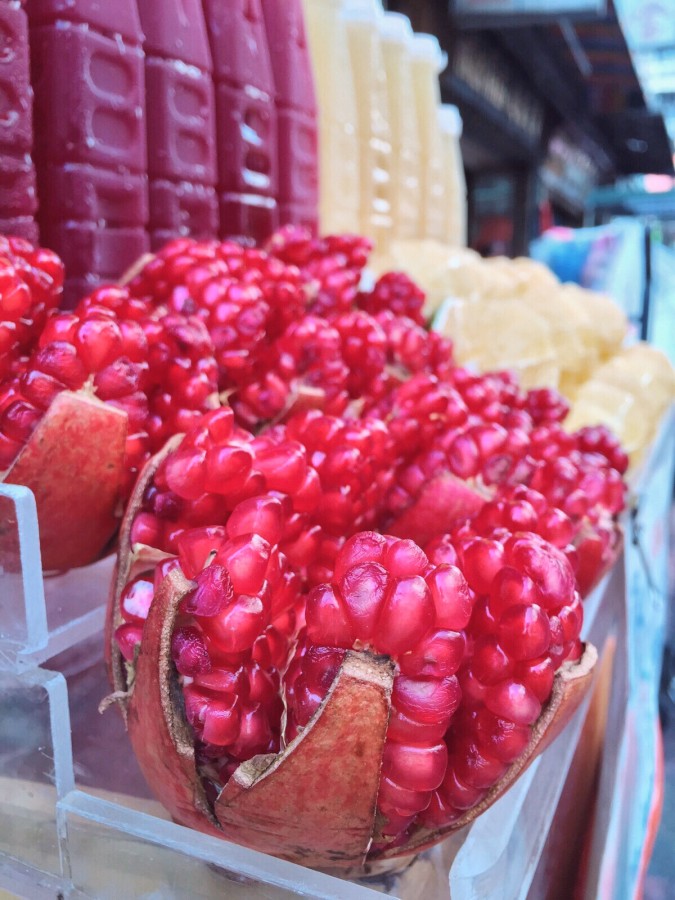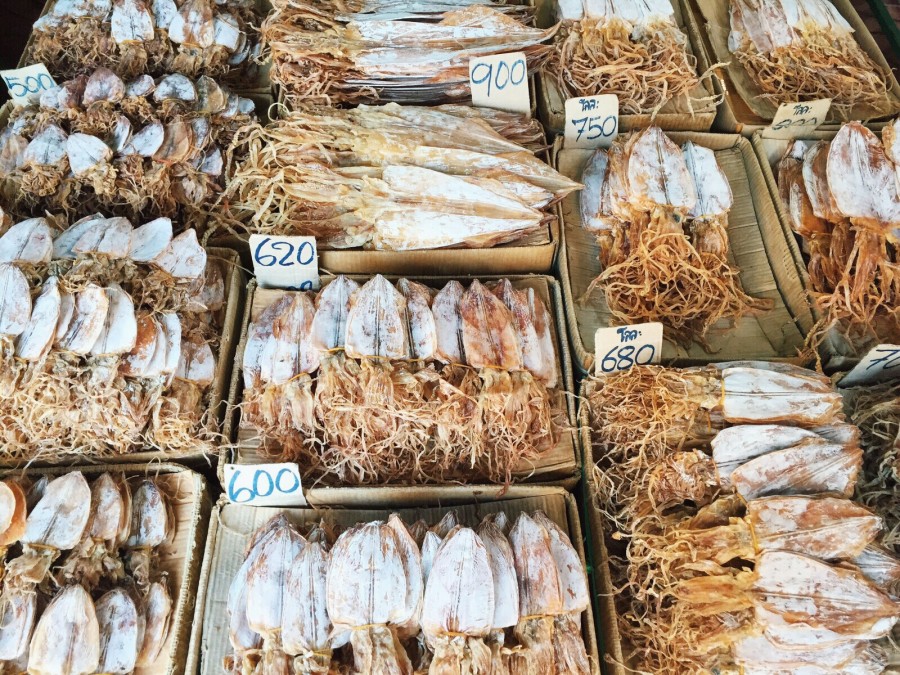ENG
The cuisine, in Thailand, is often one of the major reason that pushes travelers to visit this country. No wonder, because many culinary local delights are among the most eclectic and funny in the world.
We are madly in love with all their dishes, from more spicy to more exotic.
Behind the famous Pad Thai (stir-fried noodles with various toppings), there is a universe of gastronomic traditions which are the set of various regional cuisines with exotic Middle Eastern and Chinese influences.
For Thai people, cuisine is a real passion, and their love for good food is well perceived also by the most ramshackle stalls of street food in Bangkok. Indeed, from personal experience, it is probably from these street restaurants that you can taste their most authentic cuisine.
ITA
La cucina, in Thailandia, è spesso una delle ragioni principali che spinge i viaggiatori a visitare questo paese. Non c’è da stupirsi, perché le molte specialità culinarie locali sono tra le più eclettiche e divertenti del mondo.
Noi ci siamo perdutamente innamorati di tutti i loro piatti, dai più piccanti ai più esotici.
Dietro al famoso Pad thai (noodles saltati in padella con vari condimenti), c’è un universo di tradizioni gastronomiche che sono l’insieme di varie cucine regionali con influenze esotiche mediorientali e cinesi.
Per i thai la cucina è una vera e propria passione, e il loro amore per la buona tavola si percepisce benissimo anche dai più sgangherati street food di Bangkok. Anzi, per esperienza personale, probabilmente è proprio da questi fatiscenti ristoranti di strada che si può assaggiare la loro cucina più autentica.


In most of the country, the rice is the principal element, without which a meal can’t be deemed this. Is enough to say that the most common expression for ‘eat’ is gin kow (literally ‘eat rice’). Anyway you will find it together with most dishes like curries, stir-fry food or soups.
From here there’s a world of dishes ranging from the most simple stir-fried, fried foods, spicy curries and soups. And then there are the tropical fruits, fine, fresh and nutritious, in so many truths that often western travelers taste them for the first time.
During our trip we ate at least six different types of mango as well as papaya, jackfruit, coconut and so on.
L’elemento fondamentale senza il quale in gran parte del paese nessun pasto può considerasi tale è il riso. Basti pensare che l’espressione più comune per ‘mangiare’ è gin kòw (letteralmente ‘mangiare riso’). Ad ogni modo lo troverete come accompagnamento alla maggior parte delle portate come curry, cibo saltato in padella o zuppe.
Da qui si apre un mondo di piatti che spaziano tra quelli più semplici saltati in padella, i cibi fritti, i curry piccantissimi e le zuppe. E poi ci sono i frutti tropicali, freschi e nutrienti, in talmente tante verità che spesso i viaggiatori occidentali li assaggiano per la prima volta.
Durante il nostro viaggio abbiamo mangiato almeno sei diversi tipi di mango, oltre che papaya, jackfruit, cocco e quant’altro.

Where to eat? Basically anywhere.
Thai people are used to eating outdoor and then in all cities the streets are full of food stalls and open-air markets where you can eat a plate sitting on plastic tables on sidewalk edges. We strongly suggest you to try to do as they do, you will not regret.
Of course there are also restaurants of all types and for all budgets.
Chay-yoh!
Dove mangiare? Praticamente ovunque.
I Thai solitamente mangiano fuori casa e quindi in qualunque città le strade sono piene di bancarelle o di mercati all’aperto dove consumare un piatto seduti su tavoli di plastica ai bordi del marciapiede. Vi consigliamo di provare a fare come loro, non ve ne pentirete.
Ovviamente ci sono anche i ristoranti di tutti i tipi e per tutte le tasche.
Chay-yoh!




